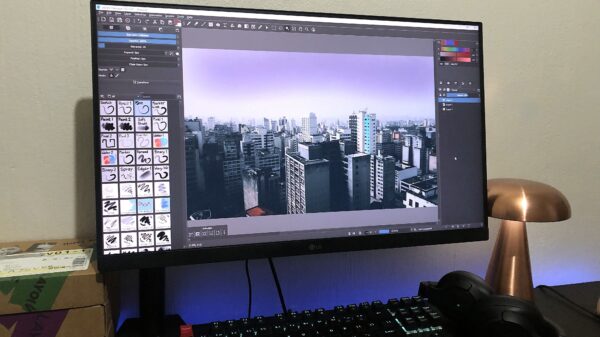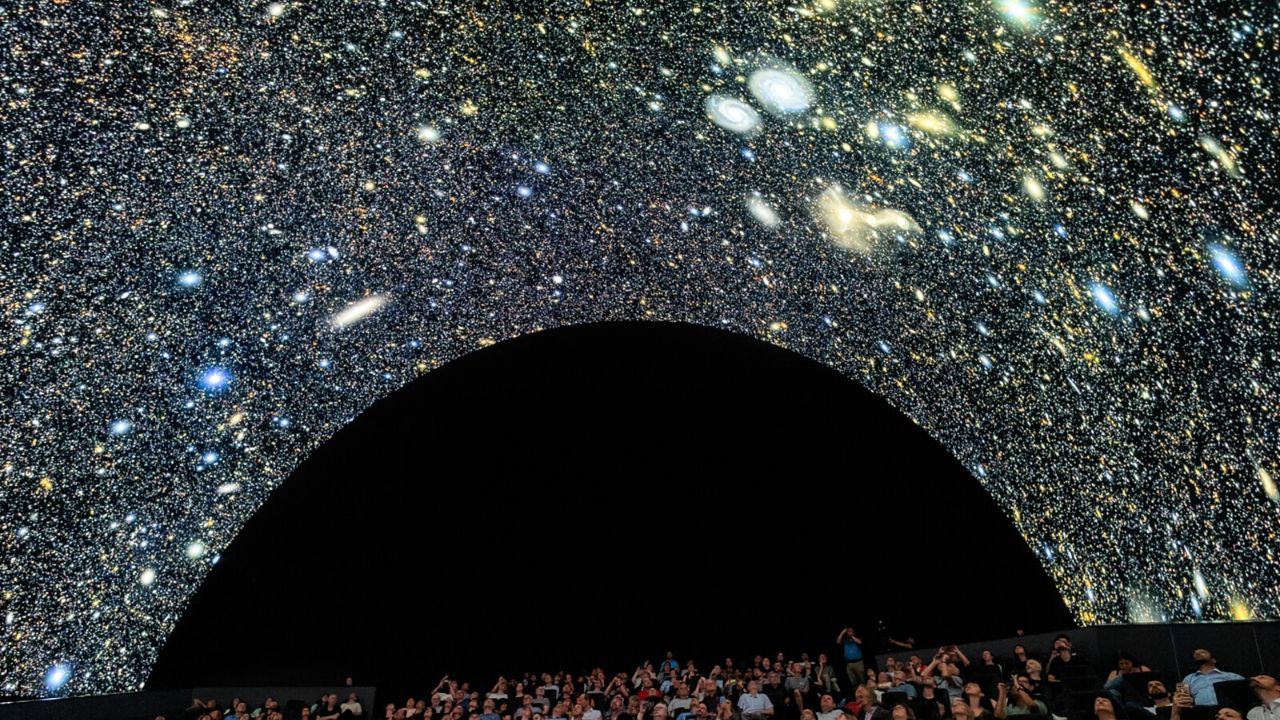On June 23, 2025, planetariums across the globe, including the renowned Prague Planetarium, celebrated a significant milestone by unveiling the first images captured by the Vera C. Rubin Observatory. This event marked a historic moment in astronomical research and public engagement with space exploration.
The unveiling occurred inside the planetarium’s advanced domed theater, featuring a state-of-the-art LED display that enhances image clarity. Audiences gathered to experience the live-streamed event from Washington D.C., eagerly awaiting the debut of the observatory’s breathtaking images of deep space. Institutions around the world participated, creating a shared moment of excitement across various locations.
Located in Chile, the Vera C. Rubin Observatory is home to the world’s largest digital camera, which is integral to its mission. The observatory’s primary project, the Legacy Survey of Space and Time (LSST), is a ten-year observational campaign aimed at cataloging billions of celestial objects, including stars, galaxies, and supernovae. This ambitious initiative plays a crucial role in the ongoing search for dark matter, a mysterious substance that constitutes a significant portion of the universe.
The camera at the Rubin Observatory captures images of unprecedented size and detail. To manage the vast amounts of data generated, the observatory employs a “data butler,” a sophisticated system designed to process and organize the enormous files. The richness of these images allows for a deeper understanding of the cosmos, particularly in settings like a planetarium where audiences can fully appreciate the intricate details.
In Prague, viewers were captivated by the stunning visuals displayed during the event. The image of the cosmos projected onto the planetarium dome showcased the observatory’s capability to reveal the universe’s nuances. As the images flashed across the screen, attendees were reminded of the limitless possibilities of astronomical research and the importance of advancing our understanding of the universe.
The Institute of Physics of the Czech Academy of Sciences played a pivotal role in facilitating the event, allowing the global scientific community to engage with the groundbreaking work being done at the Rubin Observatory. As the planetarium lights dimmed, the excitement in the air was palpable, marking a new chapter in the exploration of deep space.
For those interested in learning more about the Vera C. Rubin Observatory and its mission to uncover the mysteries of dark matter, further information is available through various scientific resources and institutions involved in the project. The unveiling of these first images not only highlights the technological advancements in astronomy but also inspires a new generation of scientists and enthusiasts eager to explore the universe.
This event signifies a step forward in our quest to understand the complexities of the cosmos, solidifying the Vera C. Rubin Observatory as a key player in modern astronomical research. As the observatory continues its work over the next decade, it promises to deliver insights that could reshape our understanding of the universe.







































































